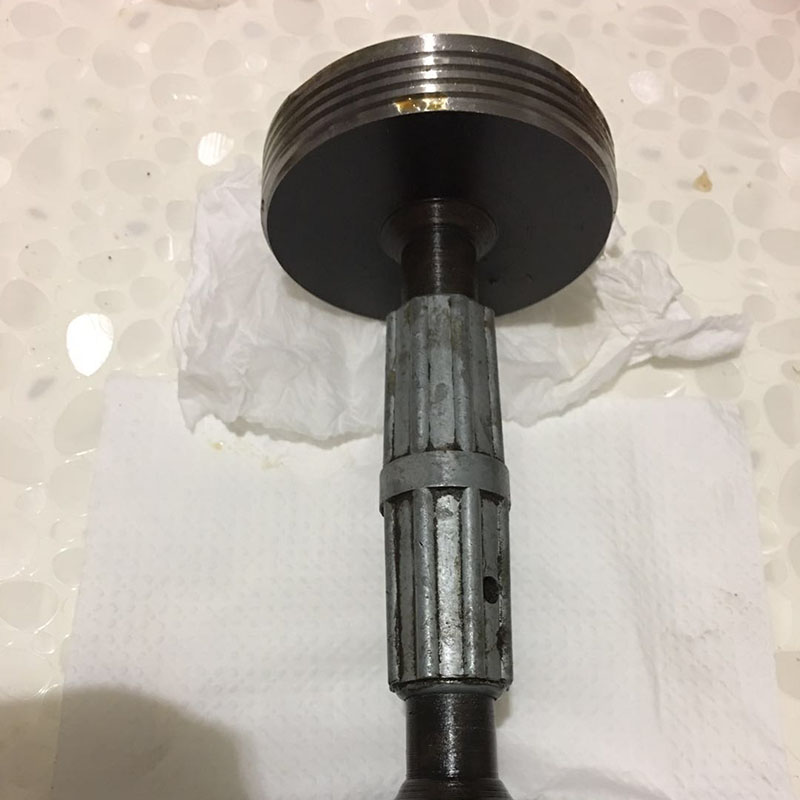Hyd . 31, 2024 02:53 Back to list
mechanical vibration damping pads
Understanding Mechanical Vibration Damping Pads
Mechanical vibrations are an inherent aspect of various industrial processes and machinery operations. These vibrations can lead to detrimental effects, including wear and tear, noise pollution, and structural fatigue. To mitigate these adverse impacts, vibration damping pads play a crucial role in enhancing equipment longevity and ensuring operational efficiency.
Vibration damping pads are specialized materials or devices designed to absorb and dissipate vibrational energy. They can be made from a variety of materials, including rubber, polyurethane, silicone, and composite materials. Each of these materials has distinct properties that suit different applications based on factors such as frequency range, load capacity, and environmental conditions.
One of the primary functions of damping pads is to reduce the amplitude of vibrations transmitted through structures. For instance, in machinery setups, vibrations generated during operation can propagate through the structure, affecting other components and potentially leading to misalignment or damage. By placing damping pads between the machinery and the foundation or between various parts, the energy from vibrations is absorbed, preventing it from spreading to other areas.
mechanical vibration damping pads

The use of damping pads is prevalent in numerous industries, including manufacturing, automotive, aerospace, and HVAC systems. In the automotive industry, for example, vibration damping pads are often used to reduce noise and vibrations from engines, enhancing passenger comfort and extending the lifespan of components. Similarly, in HVAC systems, these pads help to minimize vibrations from fans and compressors, which can otherwise lead to system inefficiencies and increased noise levels.
In addition to their vibration reduction capabilities, damping pads can also isolate noise. This is especially important in environments where sound control is critical, such as in theaters, recording studios, and residential settings. By incorporating damping pads into building designs or machinery setups, operators can create quieter and more comfortable environments.
When selecting vibration damping pads, several factors must be considered. The specific application requirements, including the type and magnitude of vibrations, the weight of the equipment, and environmental conditions like temperature and exposure to chemicals, all play a role in determining the appropriate pad material and design. Furthermore, maintenance is essential; regularly inspecting and replacing worn-out pads can prevent potential failures and ensure consistent performance.
In summary, mechanical vibration damping pads are indispensable tools for managing vibrations in various applications. By absorbing vibrational energy, these pads not only enhance the performance and durability of machinery but also contribute to noise reduction and improved working conditions. As industries continue to evolve, the demand for effective vibration control solutions will remain critical, making the development of innovative damping technologies an ongoing area of focus. Investing in the right damping solutions can lead to significant long-term benefits, including reduced downtime, lower maintenance costs, and enhanced employee safety and comfort.
-
Heavy Duty Knife Gate Valve PerformanceNewsJul.25,2025
-
Choosing Between Gate and Globe Gate Valves for Optimal PerformanceNewsJul.25,2025
-
Cast Iron Y Strainer DurabilityNewsJul.25,2025
-
Ball Style Check Valve MaintenanceNewsJul.25,2025
-
Types of Strainer in Piping SystemsNewsJul.25,2025
-
The Role of Master Ring Gage in Quality Control SystemsNewsJul.25,2025
Related PRODUCTS









